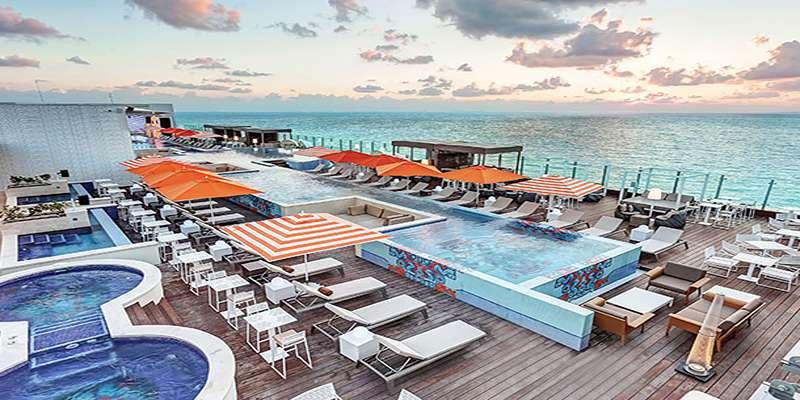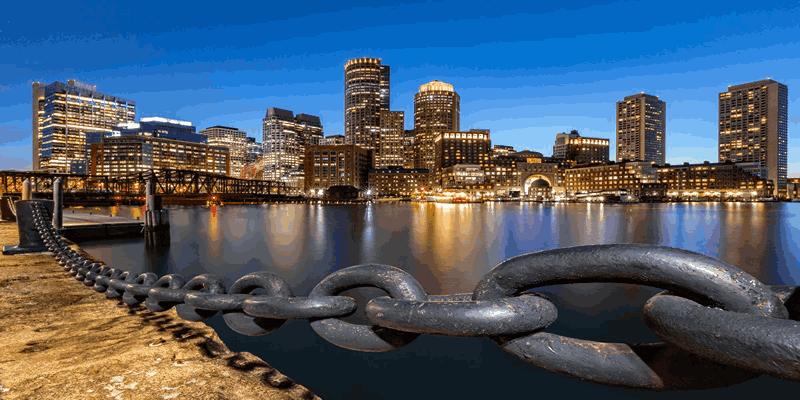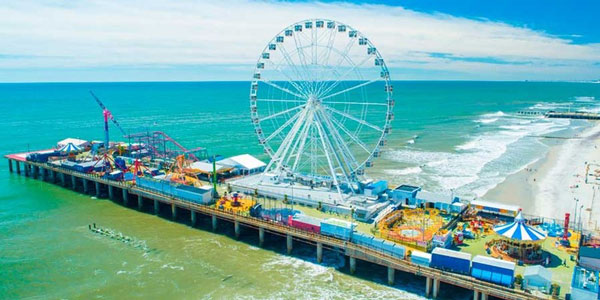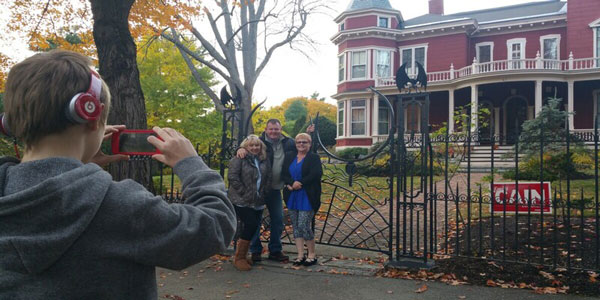Most Popular Barcelona Attractions
Oct 08, 2023 By Juliana Daniel
Barcelona, the capital of Catalonia, is a spectacular beachfront showcase of its beauty and sunny lifestyle. Beautiful landscapes, stunning buildings, and excellent cultural offerings contribute to a vacation spot's appeal.
The pleasant weather typical of the Mediterranean region certainly helps. The Barri Gotic, a historic district in Barcelona, has a mystical air of antiquity, yet Modernist buildings have brought the city international renown. Several of Antoni Gaud's groundbreaking Surrealist structures in Barcelona are on the World Heritage List.
Basilica de la Sagrada Família
The city's northern half is dominated by the Basilica de la Sagrada Familia, with its 18 slender towers rising above the rest. This incredible building, one of the most nontraditional churches in Europe, has been given World Heritage status.
Basilica of the Holy See was commissioned by modern Catalan architect Antoni Gaud in 1883 to be built in the style of a neo-Gothic cathedral. On the other hand, he deviated from the blueprints to produce a masterpiece of his bizarre Art Nouveau style. He didn't have any concrete designs in mind and preferred making adjustments and additions as he went along.
The church was never finished during Gaud's lifetime, despite his original estimates of 10–15 years. Based on Gaud's designs, various architects have continued the construction of the Basilica since 1926.
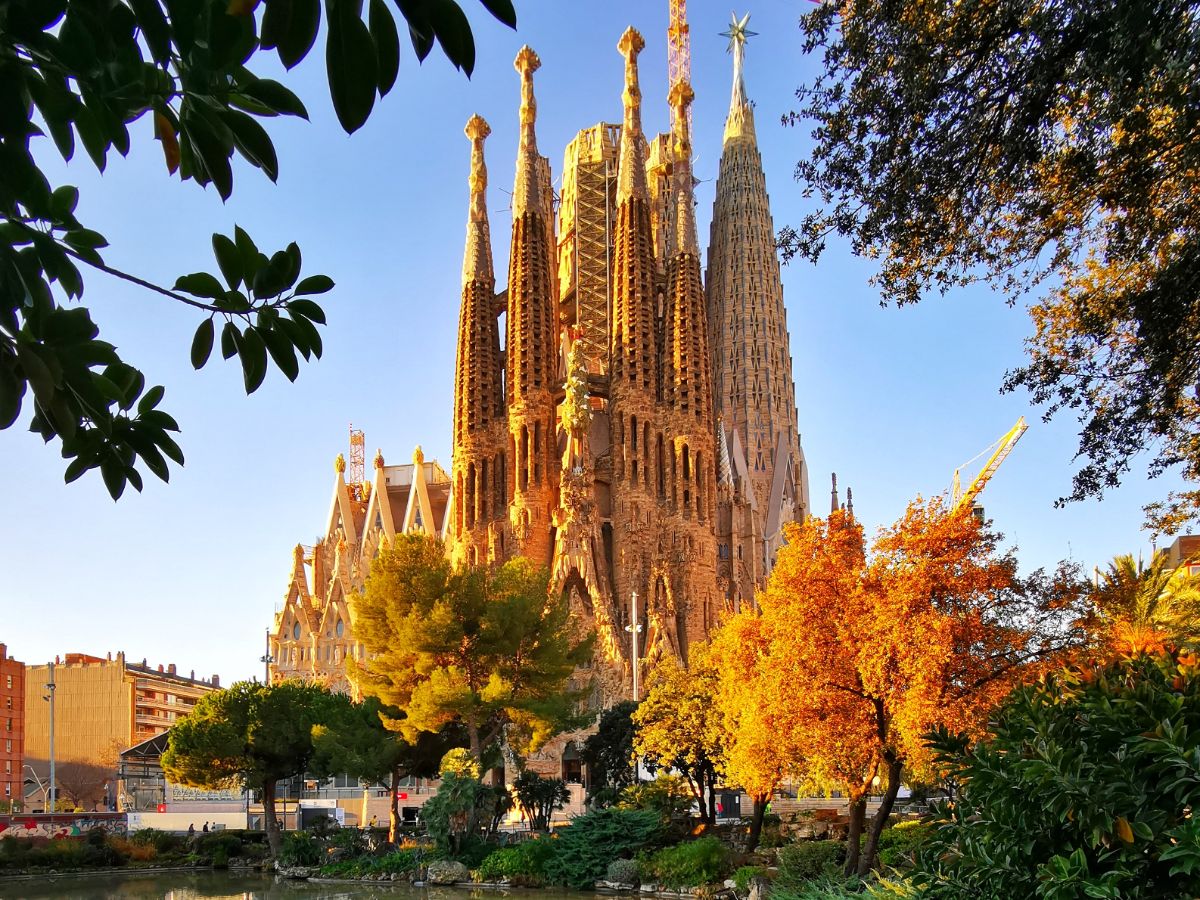
Barri Gòtic (Gothic Quarter)
The Gothic Quarter has served as the city's spiritual and secular heart for over two millennia. There are some remnants of Roman structures here, but most of the historic buildings in this area date to the Middle Ages.
The Gothic Quarter revolves around the Catedral de la Santa Cruz y Santa Eulalia, mainly constructed between 1350 and 1550. The area around the cathedral is a confusing network of narrow lanes and alleys made of cobblestone.
The neighbourhood's charming stores and eateries may be found within its mazelike network of pedestrian streets, which attracts many visitors. Getting lost in this area is a great way to experience the enchanting atmosphere of a medieval world untouched by modernization.
The Casa Milà (La Pedrera)
The Eixample neighbourhood's Casa Milà, just off the chic Passeig de Gràcia promenade, is Antoni Gaud's most well-known secular structure and a UNESCO World Heritage Site. La Pedrera, or "The Stone Quarry," is another name for Casa Milà because it resembles a quarry.
This extravagantly avant-garde home, constructed between 1906 and 1912, is less a home and more a work of art. The windows and metal balcony railings on the building's natural stone front are rounded, and the railings twist and turn like the stems of plants. The roof itself contains undulations, and the chimneys are ornamental.
La Rambla: Barcelona's Social Hub
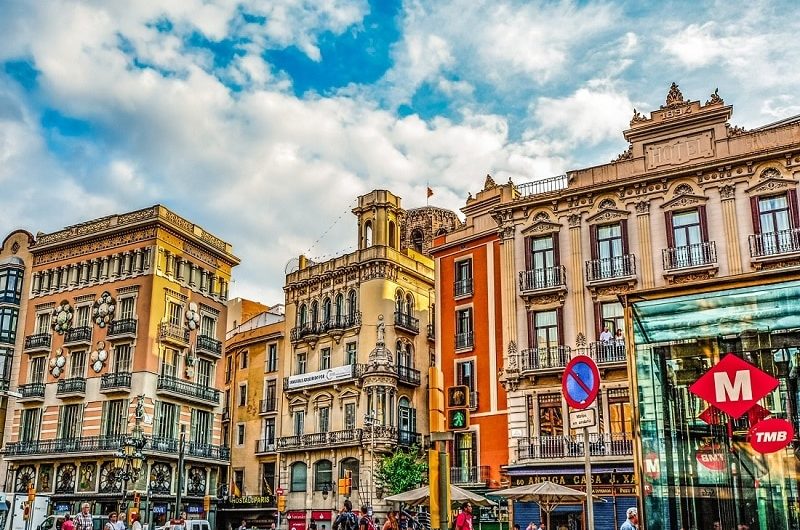
La Rambla is a broad, tree-lined boulevard that runs through the centre of Barcelona's Old Town and serves as the city's social nerve centre. The majestic Romanesque Convent of Santa Anna, built in the 12th century, dominates the Plaça de Catalunya at the top of La Rambla, which continues down to the harbour.
With its wide walkways and plenty of businesses, restaurants, and outdoor cafes, this street is a hotspot for city dwellers. During the day, the Mercat de la Boqueria is bustling, with inhabitants conducting regular shopping.
La Rambla is a popular paseo destination that attracts social groups of all kinds late into the day to take in the sights, sounds, and atmosphere. Live music, a mime performance, or other forms of street entertainment may be presented on occasion.
Palau de la Música Catalana (Palace of Catalan Music)
The Palau de la Msica Catalana was planned by architect Lluis Domènech I Montaner and constructed between 1905 and 1908 as a performance venue for the choral organization Orfeó Català.
The structure on the UNESCO list is a prime example of the elaborate Art Nouveau style. This building's exterior is a riot of mosaics, sculptures, and ornate ironwork. The inside of the Concert Auditorium is equally as bright and fantastical as the outside.
This beautiful theatre, decorated with Art Nouveau elements like flowers and fruits, is a perfect place to enjoy a concert. The music hall is the only auditorium in Europe that uses natural light during the day, seating over 2,200 people.
Catedral de la Santa Cruz y Santa Eulalia
The Catedral de la Santa Cruz y Santa Eulalia dominates the Gothic Quarter atop Monte Tabor. This Gothic church from the Middle Ages is a stunning example of Catalan art.
Bernat Martorell's Altarpiece of the Transfiguration, together with numerous medieval altarpieces and a spectacular gilded, jewel-encrusted monstrance, are just a few of the great works of art housed in the sanctuary. The cathedral's Gothic choir is lovely, and its keystones date back to the 14th and 15th centuries.
In the cloister and garden of the cathedral, visitors will be surprised to find 13 live geese representing Saint Eulalia's martyrdom. The geese live in the abbey's pond.
